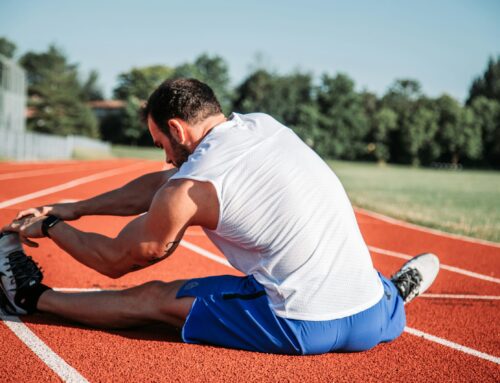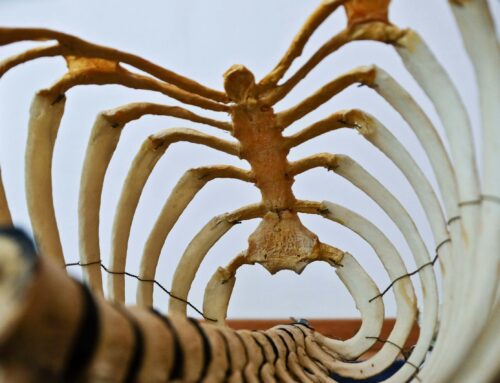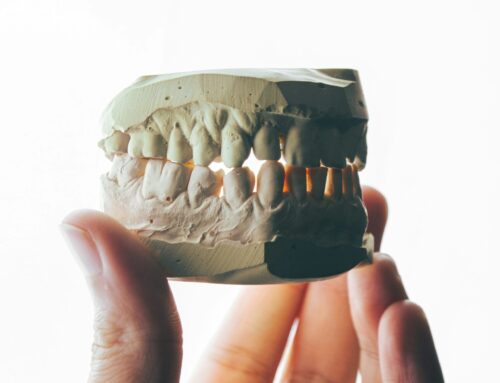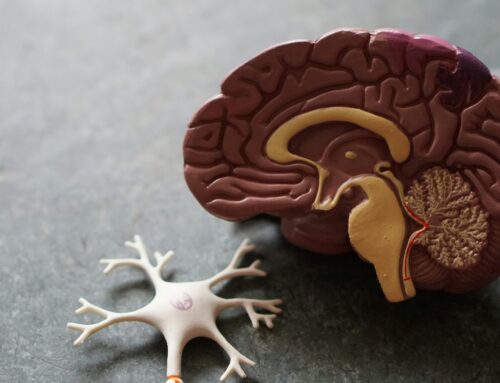Spinal canal stenosis is a medical condition where the spinal canal narrows, putting pressure on the spinal cord and nerve roots. This narrowing can occur at various points along the spine, most commonly in the lumbar and cervical regions. The condition can cause significant pain and neurological impairments, severely affecting the quality of life for those afflicted.
Distribution in the Population
Spinal canal stenosis is primarily a condition affecting older adults. Its prevalence increases with age and is rare in people under 50 years old. It is estimated that about 5-10% of individuals over the age of 65 have clinically significant spinal canal stenosis. Men and women are affected roughly equally.
Causes
The most common causes of spinal canal stenosis include:
- Degenerative Changes: Aging causes wear and tear on the vertebrae and discs, leading to spinal canal narrowing.
- Osteoarthritis: This degenerative joint disease can cause bone spurs (osteophytes) that narrow the spinal canal.
- Herniated Discs: Bulging discs can protrude into the spinal canal and cause narrowing.
- Spondylolisthesis: Vertebral slippage can reduce the space in the spinal canal.
- Congenital Stenosis: Some individuals are born with a naturally narrow spinal canal.
- Injuries: Trauma or injury to the spine can lead to spinal canal narrowing.
Symptoms
The symptoms of spinal canal stenosis vary depending on the location and severity of the narrowing. The most common symptoms include:
- Pain: Back pain that can radiate to the legs or arms.
- Neurological Deficits: Numbness, tingling, or weakness in the extremities.
- Gait Impairment: Pain and weakness in the legs, making walking difficult (spinal claudication).
- Loss of Bladder or Bowel Control: In severe cases, especially with pressure on the nerves in the lower back.
- Coordination Problems: Difficulty with coordination and balance, particularly with cervical stenosis.
General Treatments
Treatment for spinal canal stenosis can be conservative or surgical:
- Conservative Treatments:
- Medications: Pain relievers, anti-inflammatory drugs, and muscle relaxants.
- Physical Therapy: Exercises to strengthen muscles and improve flexibility.
- Epidural Steroid Injections: To reduce inflammation and pain.
- Lifestyle Changes: Weight reduction and activity modification.
- Surgical Treatments:
- Laminectomy: Removal of parts of the vertebral arch to create more space in the spinal canal.
- Foraminotomy: Widening of the foramina to relieve pressure on nerve roots.
- Fusion: Stabilizing the spine by fusing a segment of the vertebrae.
Physical Therapy as a Treatment Method
Physical therapy plays a crucial role in the treatment of spinal canal stenosis, especially for patients who wish to avoid surgery or are not suitable candidates for it. The goals of physical therapy are pain relief, improved mobility, and strengthened back muscles.
Options and Techniques in Physical Therapy
- Manual Therapy:
- Mobilization: Gentle movements of the spine to improve joint function.
- Manipulation: Forceful, quick movements to correct joint misalignments.
- Therapeutic Exercises:
- Stretching Exercises: To improve flexibility and reduce muscle tension.
- Strengthening Exercises: Focus on strengthening the core and back muscles.
- Balance and Coordination Training: Exercises to improve stability and reduce the risk of falls.
- Physical Modalities:
- Heat and Cold Therapy: To relieve pain and reduce inflammation.
- Ultrasound Therapy: Promotes blood flow and accelerates healing.
- Electrotherapy: Transcutaneous electrical nerve stimulation (TENS) for pain relief.
- Ergonomic Advice:
- Workplace Adjustments: Ergonomic chairs, proper lifting techniques, and break management.
- Education on Back-friendly Activities: Proper bending, lifting, and sitting techniques in daily life.
Prognosis with Physical Therapy
The prognosis for patients undergoing physical therapy for spinal canal stenosis is generally good, especially for those who begin therapy early and adhere to recommendations. Many patients report significant pain relief and improved quality of life. Long-term success often depends on the continued performance of exercises and maintenance of a healthy lifestyle.
Physical therapy can often delay or even avoid the need for surgery, particularly when the therapy is tailored to the individual needs of the patient. However, it is important to note that in some cases, especially with progressive neurological deterioration, surgical intervention may become unavoidable.
Home Exercises for Patients
In addition to clinical physical therapy, patients with spinal canal stenosis can benefit from regular home exercises. These exercises aim to strengthen the back muscles, increase flexibility, and alleviate symptoms.
**Important Note**: Before starting an exercise program, patients should consult their doctor or physical therapist to ensure the exercises are suitable for their specific condition. All exercises should be performed slowly and controlled to avoid injury.
Knee-to-Chest Stretch:
Lie on your back with legs extended. Pull one knee to your chest while keeping the other leg flat on the floor. Hold this position for 20-30 seconds. Switch legs and repeat the exercise. Perform 2-3 repetitions per side.2.
Cat-Cow Stretch:
Get on all fours (hands under shoulders, knees under hips). Inhale and let your belly sink toward the floor while lifting your head and tailbone (Cow Pose). Exhale and round your back while tucking your head and tailbone (Cat Pose). Alternate these movements 10-15 times.
Bridge Exercise:
Lie on your back with knees bent and feet flat on the floor. Lift your pelvis until your body forms a straight line from shoulders to knees. Hold this position for 5-10 seconds. Slowly lower your pelvis back down. Perform 10-15 repetitions.
Swimmer Exercise:
Lie on your stomach with arms extended forward. Lift your right arm and left leg simultaneously, holding for 2-3 seconds. Lower arm and leg, then repeat with the left arm and right leg. Perform 10 repetitions per side.
Kneeling Diagonal Extension (Bird-Dog):
Get on all fours (hands under shoulders, knees under hips). Lift your right arm and left leg simultaneously until both are parallel to the floor. Hold this position for 5-10 seconds. Lower arm and leg, then repeat with the left arm and right leg. Perform 10 repetitions per side.
Wall Sit:
Stand with your back against a wall, feet about 30 cm from the wall. Slowly slide down the wall until your knees are bent at a 90-degree angle (as if sitting on a chair). Hold this position for 10-15 seconds. Slowly slide back up the wall. Perform 5-10 repetitions.
Supine Lumbar Rotation:
Lie on your back with knees bent and feet flat on the floor. Let your knees slowly drop to one side while keeping your shoulders flat on the floor. Hold this position for 20-30 seconds. Return to the starting position and repeat on the other side. Perform 2-3 repetitions per side.
Conclusion
Spinal canal stenosis is a common degenerative condition that primarily affects older adults. It can cause significant pain and neurological impairments. Treatment ranges from conservative methods such as medications and physical therapy to surgical interventions. Physical therapy plays a central role in conservative treatment and can help many patients alleviate their symptoms and improve their quality of life. Through targeted exercises, manual techniques, and physical modalities, the pressure on the spinal canal can be reduced, and spinal function improved. Regular home exercises can also contribute to symptom relief and muscle strengthening.







Leave A Comment